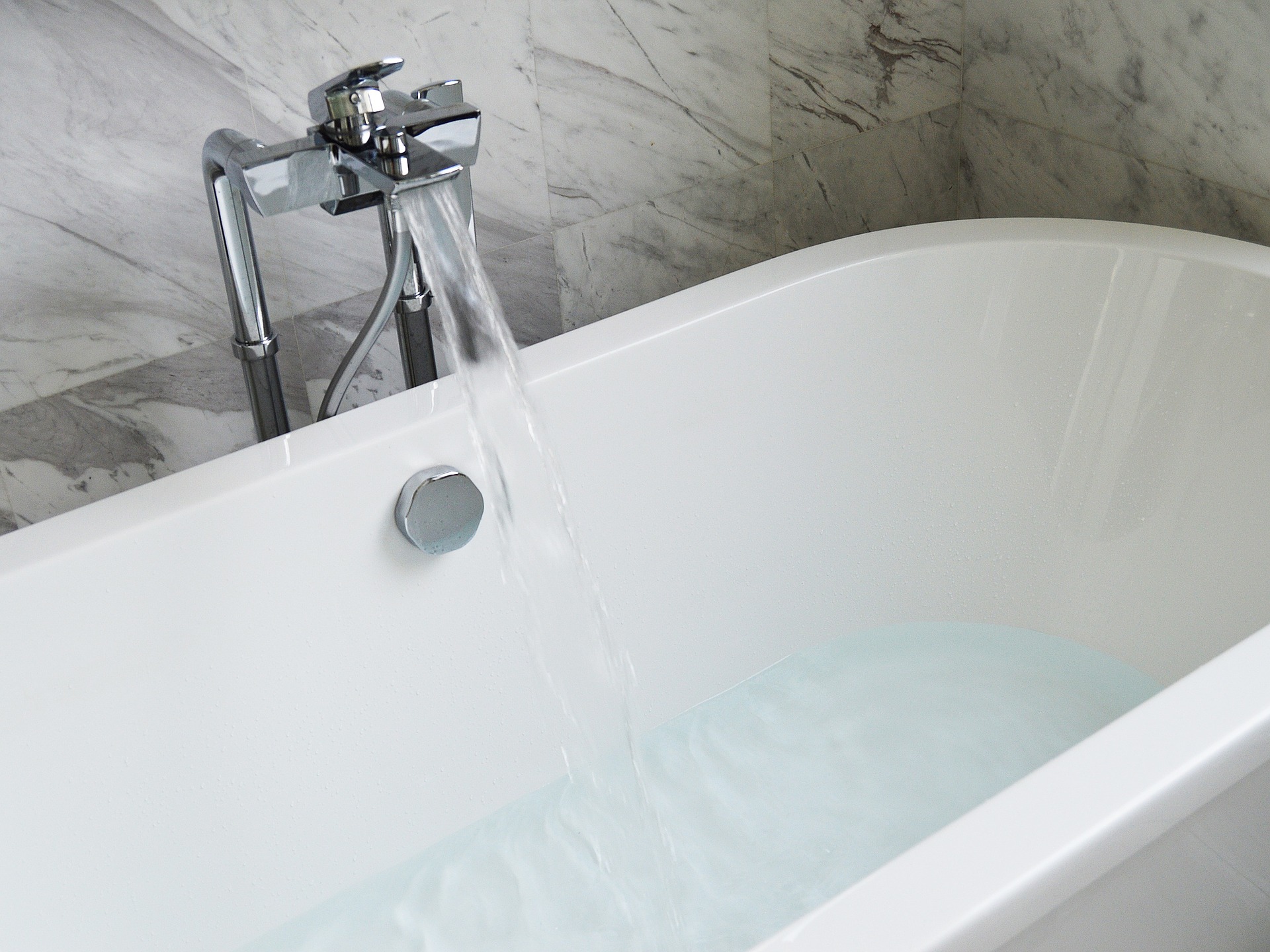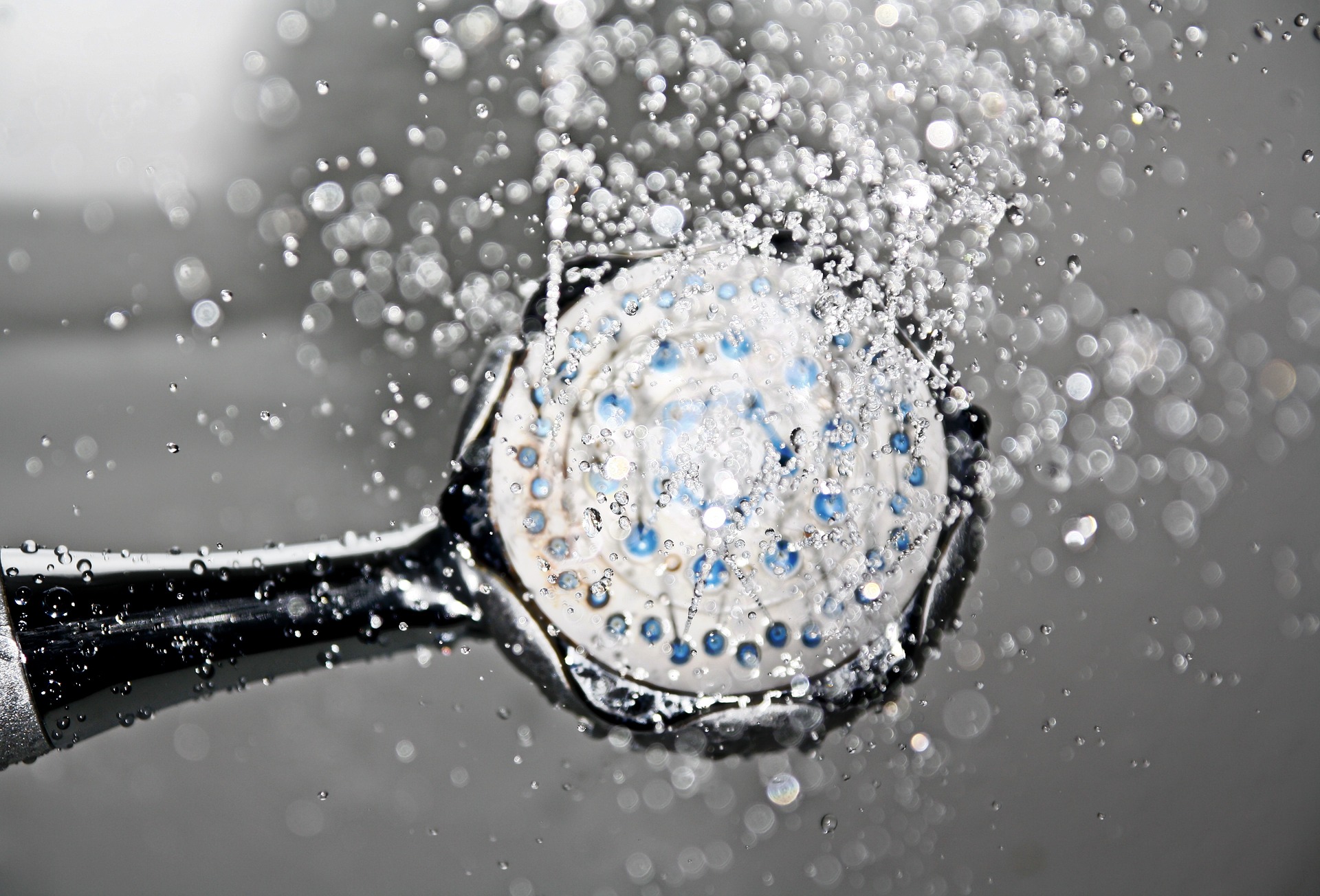If you want to lower your water bills while conserving one of our most precious natural resources, the bathroom is the obvious place to start. Did you know that a running tap will cost you up about 6 litres of water per minute? Every time you flush the WC, 13 litres of water literally go down the pan. What’s more, each 8-minute shower uses a staggering 62 litres of water on average, while about 80 litres of the wet stuff are used every time you step into the tub.
It will come as no surprise to hear that the bathroom is where we use most water in the home – 70% of our overall consumption, to be precise. The good news is that with these 5 consumer savvy changes, you can make a big difference to your water consumption in the bathroom.
Low flush and dual flush toilets
Toilet flushing accounts for 1/3 of all household water use, with the average person flushing the toilet 5 times a day. If you have an old style toilet that consumes more than twice the amount of water per flush than modern models, maybe it’s time for a change.
Bathroom design and installation experts such as The Brighton Bathroom Company will be able to advise on the most up-to-date high performance WC models, some of which use as little as 1.5 litres per flush! Dual flush WCs have 2 buttons, with a choice to use more or less water per flush as required.
If you are not planning to replace your old style toilet, a water displacement device that you pop into the cistern may offer a quick fix. Products such as Save-a-Flush or HIPPO the Water Saver can be installed in no time, helping to save up to 3 litres of water every time you flush the loo.

Low flow shower heads
For those who love their morning shower, a simple change of shower head may be all that’s required to save water. The trick is to install a low flow showerhead that will give you a satisfying shower while reducing the amount of water used by up to half.
In order to achieve this, you can choose from 2 types of low flow shower heads currently available on the market. Aerating shower heads mix water with oxygen to create a soft spray, while non-aerating heads restrict the water flow by squeezing it through very small holes, resulting in a much harder spray.
Quicker showers
Obviously, the less time you spend in the shower, the lower your water consumption will be, so this may we worth trying. While we all like a long hot shower now and again, you may actually find that a shorter, say, sub-5-minute morning shower will not only set you up for the day, but will free up precious extra minutes that can be spent on other pressing morning jobs.
As an extra morning boost, try ending your shower on the cold setting, or have a complete cold shower if you’re brave enough. The health benefits of cold showers are well documents and include better moods, greater alertness, more energy, clearer skin and much much more. Of course, your heating bills will thank you too.

Smarter baths
Bath tubs are notorious for using up a great deal of water, so if you want to conserve water here you need to act smart. Perhaps start by switching to daily showers and save the long soak in the bath as a weekly treat? Or how about not filling up the bath all the way? It can be just as relaxing to take a bath that’s only half full.
Finally, take a look at the bath itself and ask yourself whether it’s the right size for your bathroom habits. Could it be smaller, deeper, shorter? Whether you go for built-in or freestanding bath tubs, there’s a huge choice of shapes and sizes available to fit the design requirements of your bathroom as well as your personal usage habits.
Taps and drips
Perhaps the easiest way to reduce your water consumption in the bathroom (or indeed the kitchen) is to become more mindful in when and how water is used. Do you leave the tap running when you shave or brush your teeth? Why not use a toothbrush beaker or fill the basin with water for shaving? Turning the tap off straight after use, and only using it briefly when needed, is something everyone can do – even the children.
Water drips are another common problem. A constantly dripping tap or shower head may not seem like a big deal but over time these little leaks add up to a huge amount of water consumed for no benefit at all. If you have leaky taps, a call to your plumber should be your first port of call.
This article was written by Dakota Murphey.
The post 5 Easy Water Saving Tips in the Bathroom appeared first on Style Motivation.
5 Easy Water Saving Tips in the Bathroom posted first on http://www.stylemotivation.com
No comments:
Post a Comment